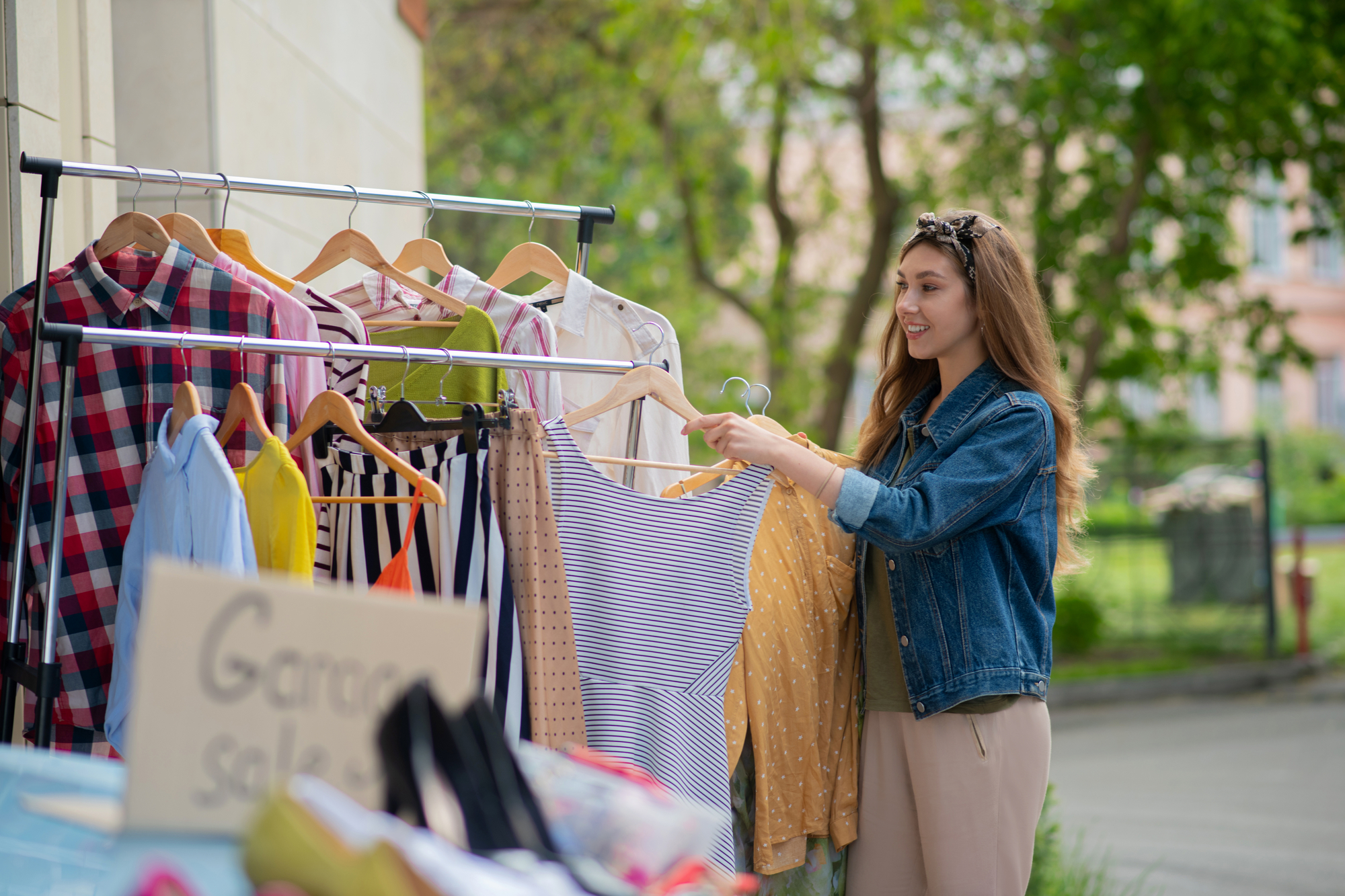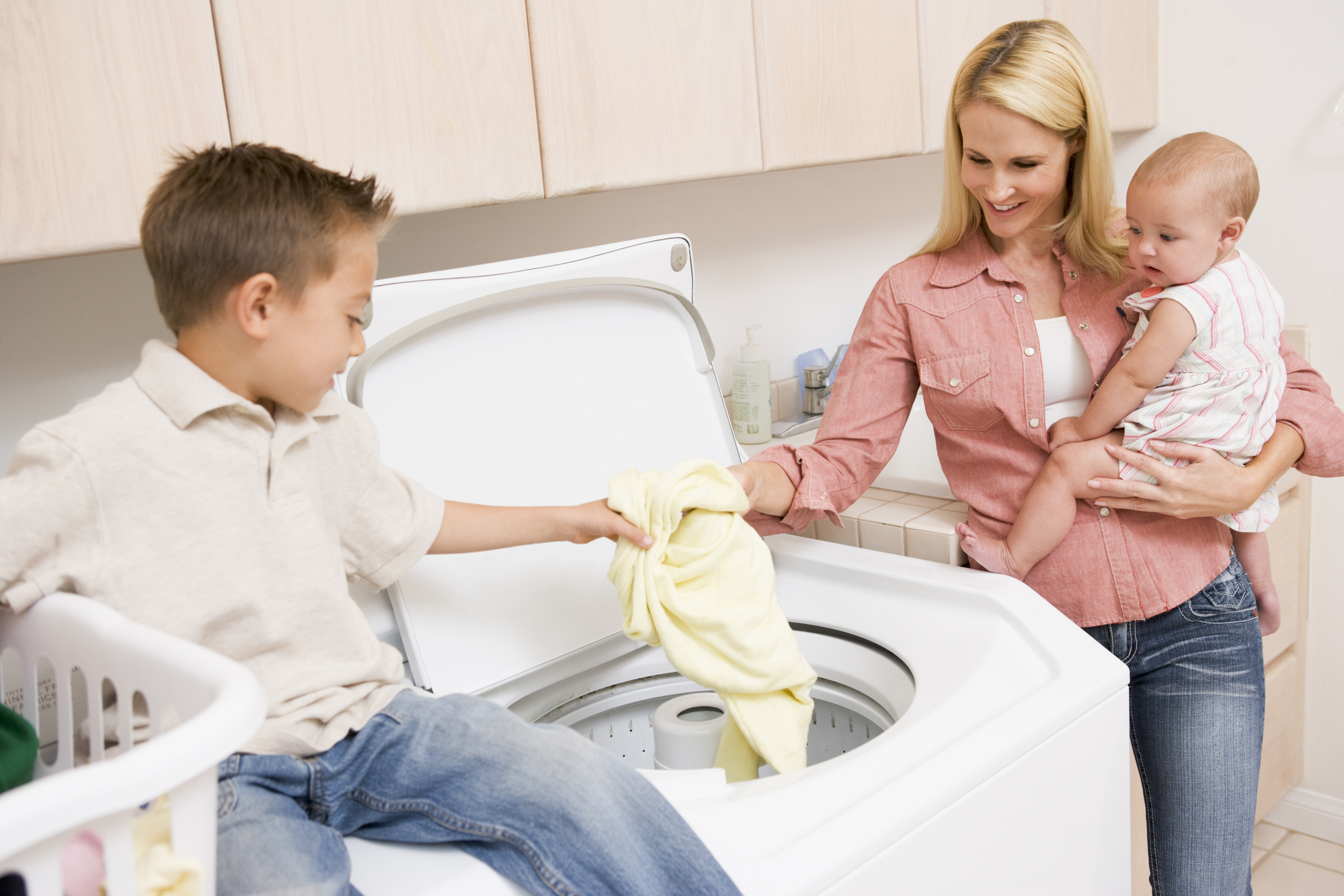With families feeling a pinch in their wallets due to the rising costs of living, it’s more important than ever to find ways to save money.
One such method that has gained a lot of popularity in recent years is shopping pre-loved or secondhand clothes. In this blog, we’ll be exploring the benefits of shopping secondhand and how it can help you save money.
First and foremost, shopping secondhand is a great way to save money. Pre-loved clothes are often significantly cheaper than their brand new counterparts, making them a great choice for budget-conscious shoppers. In fact, according to a recent study1, the average person can save up to 60% by shopping secondhand.
But saving money isn’t the only benefit of shopping secondhand. It’s also a great way to reduce your environmental impact. By buying secondhand, you’re giving new life to clothes that might otherwise end up in a landfill. The fashion industry is one of the largest contributors to environmental pollution, and shopping secondhand is a simple way to do your part in reducing your carbon footprint.
If you’re new to shopping secondhand, it can seem daunting at first. But with a few tips and tricks, you’ll soon be a pro. Here are some of our top tips for shopping secondhand:
- Do your research: Before heading to your local thrift store or secondhand shop, do some research online. Many shops have websites or social media pages where they post photos of their inventory, so you can get an idea of what they have before you go.
- Keep an open mind: Don’t be afraid to try on clothes that are outside of your usual style. You never know what you might find, and trying new things is part of the fun of secondhand shopping.
- Look for quality: While secondhand clothes may be cheaper, that doesn’t mean you should compromise on quality. Check for any signs of wear or damage before purchasing, and make sure the clothes are in good condition.
- Consider alterations: If you find a piece you love but it doesn’t quite fit, consider taking it to a tailor for alterations. It’s often cheaper to alter a secondhand piece than to buy a brand new one.
- Shop Off-Season: Shop for winter clothes in the summer and summer clothes in the winter for the best deals.
- Get Creative: Use secondhand clothes as a starting point for DIY projects, like adding patches or embroidery to denim jackets.
- Haggle: Don’t be afraid to negotiate prices at garage sales or flea markets. Many sellers are willing to haggle to make a sale.
According to a report by ThredUp2, the secondhand market is expected to reach $77 billion by 2025. This is due in part to the rise of sustainable fashion and the increasing awareness of the environmental impact of the fashion industry.
In addition, another report revealed 64% of women3 have bought or are willing to buy secondhand clothes, and 25% of Gen Z and Millennial consumers4 shop secondhand. Showing that secondhand shopping is becoming more mainstream and is no longer just for the frugal or environmentally conscious.
Shopping pre-loved or secondhand clothes is a great way to save money on your family budget while also reducing your environmental impact. With the right mindset and some tips and tricks, anyone can become a secondhand shopping pro. So next time you’re in need of some new clothes, consider giving secondhand shopping a try first. Your wallet and the planet will thank you.
Sources
https://www.thredup.com/resale
https://www.thredup.com/bg/p/2021-resale-report
https://www.businessoffashion.com/articles/intelligence/the-state-of-resale-2020
https://www.accenture.com/us-en/insights/consumer-goods-services/secondhand-fashion-consumers-shift-sustainability
Claire Cunliffe is a passionate sustainable fashion advocate who has been selling pre-loved clothes at markets for five years. Her love for secondhand fashion has turned into a small business called Glad Rags Markets, where people can sell and buy pre-loved clothes at monthly markets in Bulimba and online. Claire’s mission is to find new homes for clothes rather than sending them to landfill, all while helping people save money.









